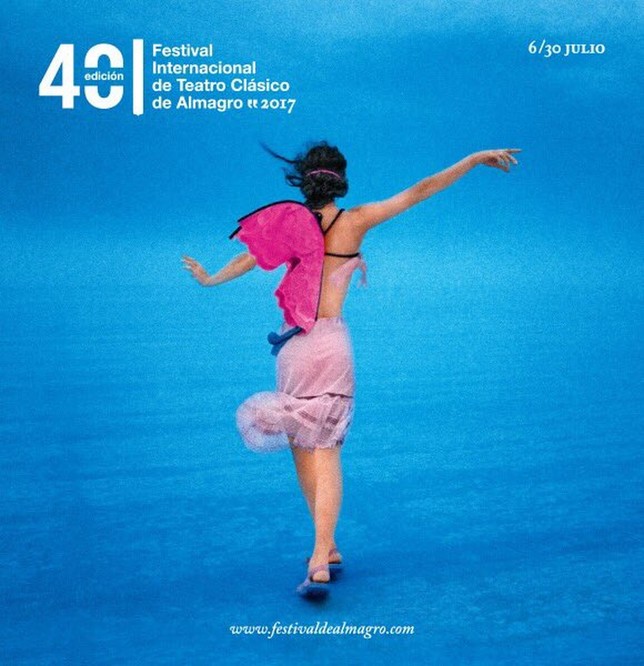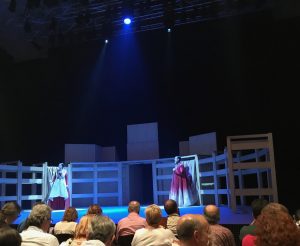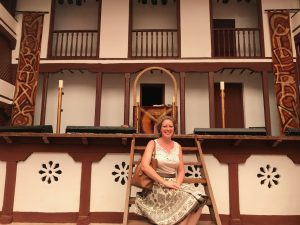ANNOUNCING LA ESCENA – LOS ANGELES’ FIRST HISPANIC CLASSICAL THEATER FESTIVAL
September 21-23, 2018 will bring LA ESCENA, Los Angeles’ first Hispanic classical theater festival, to the Greenway Court Theater (544 N. Fairfax).
Cutting-edge Mexican company EFE Tres will present Lope de Vega’s El príncipe inocente (The Innocent Prince), a meditation on political power and culpability reimagined as a dialogue in a prison cell, and El Merolico (The Mountebank), a reworking of Cervantes’ comic interludes as delivered by a traveling performer in small-town Mexico (in Spanish, with English subtitles).
Playwrights’ Arena will present the fourth Golden Tongues, brand-new comedia adaptations from LA playwrights in staged readings: Madhuri Shekar’s School for Witches, or Friendship Betrayed, based on María de Zayas’ La traición en la amistad; Janine Salinas Schoenberg’s Like/Share, a riff on Calderón’s Los cabellos de Absalón; and Michael Premsrirat’s La locura de los ángeles/The madness of angels, adapted from Lope de Vega’s Los locos de Valencia.
Sylvia Blush and Jean Carlo Yunen Arostegui will direct Women and Servants, Lope de Vega’s exploration of class, loyalty and desire in a very modern Madrid. The play, only recently rediscovered after 400 years, has been translated into English by UCLA Professor and LA Escena director Barbara Fuchs.
Schedule and ticketing information to follow. For inquiries, please write to LAEscena2018@gmail.com.
LA ESCENA is made possible by the UCLA Center for 17th– & 18th-Century Studies, Center for Medieval and Renaissance Studies, Center for European and Russian Studies, Latin American Institute, and Departments of Spanish and Portuguese and English, as well as by the generous support of UC Riverside’s College of Humanities, Arts, and Social Sciences.
For more information and updates, follow us on Facebook (La Escena Festival), Instagram (@la_escena_festival), and Twitter (@LAescenaLA), and keep an eye out for our hashtags #diversifyingtheclassics and #laescenafestival





